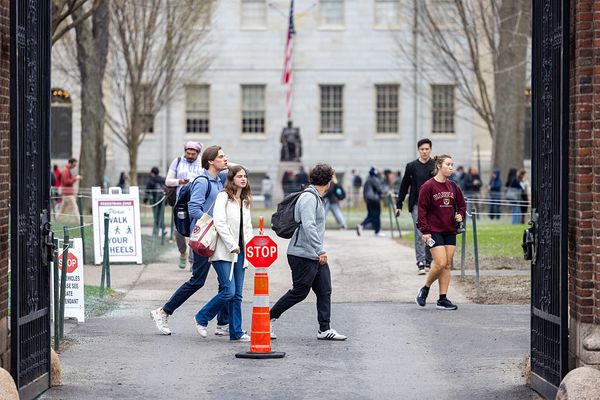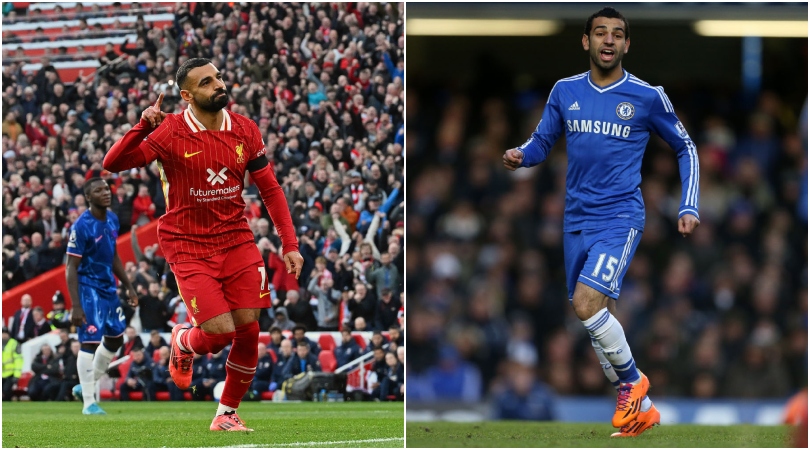
Liverpool have enjoyed the fruits of Mohamed Salah's labour since 2017 in abundance, with the Egyptian forward scoring 238 goals in 384 appearances in all competitions - but they could've actually signed him three years earlier, if it wasn't for Chelsea scuppering their plans.
Though traditional scouting methods remained important to Liverpool, they were also an early adopter of a data-led approach when it came to their recrutiment.
Ian Graham worked for the Reds as their ex-director of research during the mid-2010s, and highlights why Salah became such a key transfer target. Chelsea got in the way the first time around, but they eventually got their man for £36.5m in the summer of 2017.
Liverpool beaten to Mohamed Salah by Chelsea in January 2014
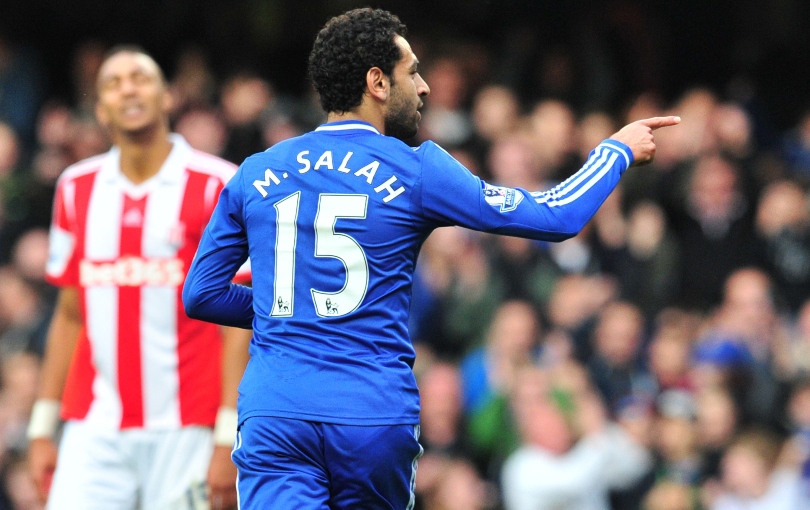
“We nearly signed him from Basel in January 2014,” Graham exclusively tells FourFourTwo. “He was young and playing brilliantly in the Champions League and Europa League.
“We didn’t have data on Switzerland, but in the few thousand minutes he’d played in UEFA competitions, he was above the Premier League average and projected to be a superstar. We thought we’d signed him, but Chelsea blew us away with their bid. Jose Mourinho was manager and I think they signed him so we couldn’t have him, as much as because they really wanted him. He didn’t really play.”
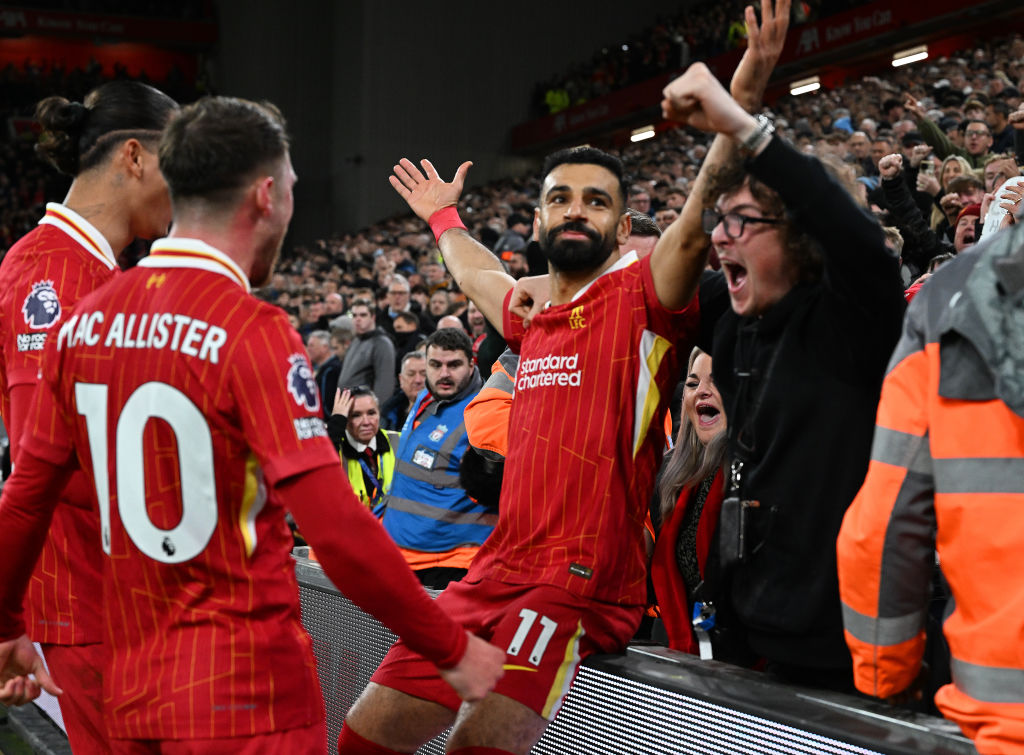
By 2017, with Jurgen Klopp then Liverpool manager, Salah was revitalised in Serie A and was an even more perfect fit than before.
“Jurgen had a very well-defined style, which made recruitment really easy,” Graham says. “He changed from 4-2-3-1 to 4-3-3 to get the best out of Roberto Firmino at No.9, then it was clear that the two wide forwards couldn’t be wingers, but also couldn’t be centre-forwards. They were wide forwards who cut inside – halfway between an old-fashioned winger and a centre-forward.
“We finished second in 2014 – we had Raheem Sterling, Luis Suarez, Daniel Sturridge and Philippe Coutinho, so at the time I’m not sure Mo would have got into the team ahead of them. In Italy, he was in the top five under-24 wide forwards in the world and my boss Michael Edwards [then the club’s sporting director, now chief executive of football] said to me, ‘Don’t worry, we’ll definitely get Salah’.
“Usually there’s a lot of competition for world-class players, but other Premier League clubs weren’t interested – because he’d failed at Chelsea, we thought. He’d played 500 minutes in the league – if you looked at his basic data he’d done fine, but the question was why he wasn’t playing. The answer for most clubs seemed to be that he wasn’t good enough for the Premier League. But you looked at their squad and Eden Hazard was playing ahead of him – you won’t be playing if Hazard is there.
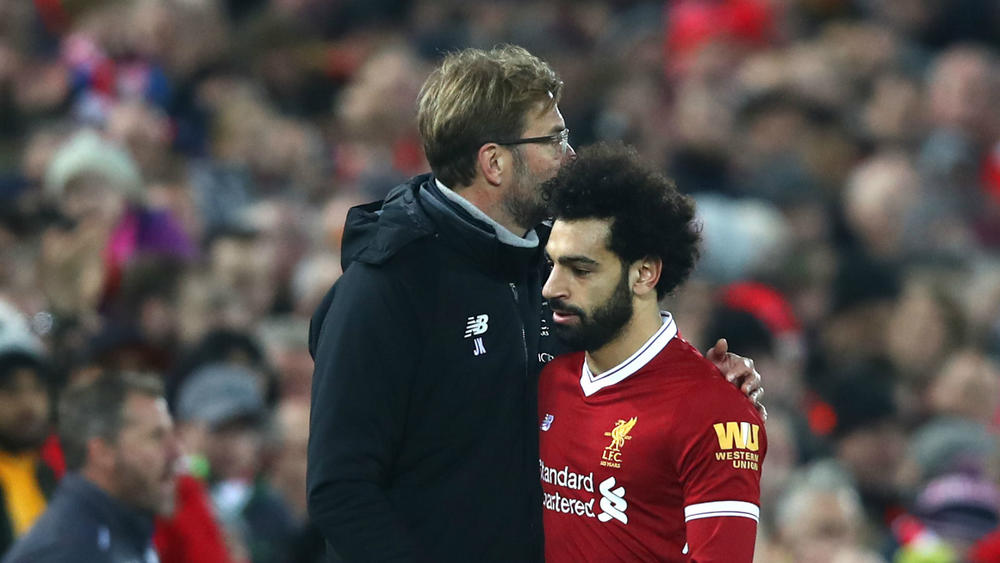
“Chelsea had a great academy but young players barely got a chance under Mourinho, so you had Hazard and a manager who didn’t like to play young players. You can be a really good player and not get a chance, so we were comfortable that his time at Chelsea wasn’t a problem.
“It could’ve been that psychologically he couldn’t perform in the Premier League, and that was a judgement call for Michael – does this player have the mentality to succeed? Michael’s opinion was that Mo had the most determined mentality of any player he’d ever met. Mo wanted to show the Premier League that he could perform here.”

